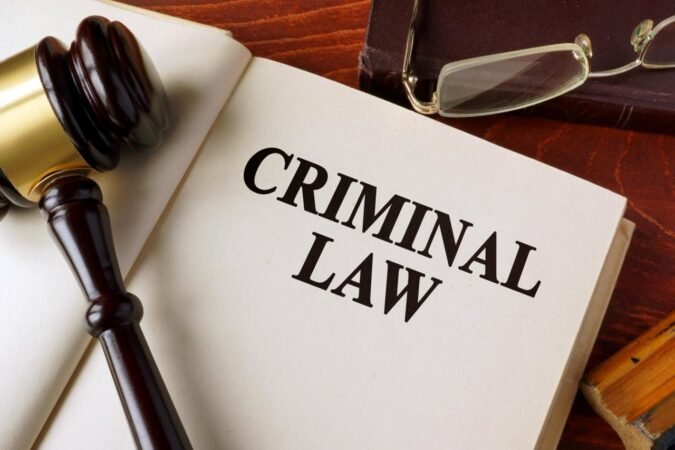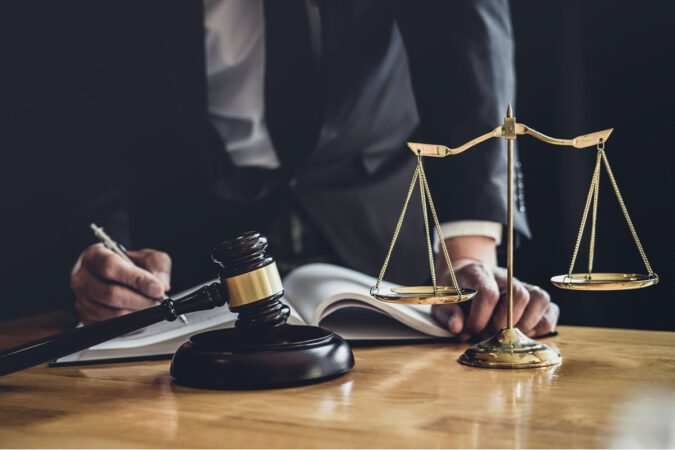
Imagine a world without consistent power, where electronic devices flicker and fail, and safety hazards lurk around every corner. This is the reality we would face without the crucial framework of power supply regulations and standards. These regulations act as the invisible guardians of our electrical systems, ensuring that the power we use is safe, reliable, and compatible with our modern technological landscape. From the humble household outlet to the complex infrastructure powering our cities, power supply regulations and standards are the bedrock upon which our electrical world operates.
Throughout history, these regulations have evolved alongside technological advancements, adapting to meet the changing needs of our society. From the early days of rudimentary electrical systems to the sophisticated electronics we rely on today, power supply regulations have consistently ensured safety and interoperability, allowing us to harness the power of electricity safely and efficiently.
Key International Standards Organizations

Power supply standards are crucial for ensuring the safety, compatibility, and reliability of electrical devices. These standards are developed and maintained by various international organizations that play a vital role in shaping the global electrical industry.
The standardization process involves collaboration among experts from different countries, industries, and research institutions.
Roles and Responsibilities of Key Organizations
The major international organizations responsible for setting power supply standards have distinct roles and responsibilities in the standardization process.
- International Electrotechnical Commission (IEC): The IEC is a global organization that develops international standards for all electrical, electronic, and related technologies. Its role in power supply standardization is to ensure the safety, compatibility, and interoperability of power supplies across different countries.
- Institute of Electrical and Electronics Engineers (IEEE): The IEEE is a professional organization for electrical engineers and other technical professionals. It develops standards for a wide range of electrical and electronic technologies, including power supplies.
- Underwriters Laboratories (UL): UL is a global safety science company that provides safety testing and certification services. UL’s role in power supply standardization is to ensure the safety of power supplies and other electrical devices.
Specific Power Supply Standards
These organizations have developed a number of specific power supply standards that are widely used around the world.
- IEC 60950-1: This standard specifies the safety requirements for information technology equipment (ITE), including power supplies. It covers aspects such as insulation, electrical clearances, and protection against electric shock.
- UL 60950-1: This standard is the US equivalent of IEC 60950-1. It is used to certify the safety of power supplies for ITE in the United States.
- IEC 62368-1: This standard replaces IEC 60950-1 and UL 60950-1, and it covers the safety requirements for audio/video, information and communication technology equipment (AV/ICT). It provides a unified approach to safety requirements for a wide range of electronic devices, including power supplies.
Last Point

The world of power supply regulations and standards is a complex but essential field, constantly evolving to meet the challenges of a rapidly changing technological landscape. By understanding the key organizations, standards, and safety considerations involved, we can ensure the safe and reliable operation of electrical systems, powering our lives and driving innovation for generations to come. As technology continues to advance, the role of these regulations will only become more critical, guaranteeing the safety and efficiency of our electrical world for the future.
FAQs
What is the difference between a power supply standard and a regulation?
A standard provides technical specifications and guidelines for the design and operation of power supplies, while a regulation sets mandatory requirements that must be met to ensure safety and compliance.
What are some common safety hazards associated with power supplies?
Common hazards include electric shock, fire, and electromagnetic interference. These hazards can be mitigated through proper design, testing, and use of protective devices.
How do I know if a power supply is compliant with regulations?
Look for certification marks from recognized testing laboratories (e.g., UL, CSA, CE) indicating that the power supply has been tested and meets relevant safety standards.
What are the implications of not complying with power supply regulations?
Non-compliance can lead to fines, product recalls, legal liabilities, and potential safety risks to consumers and users.




